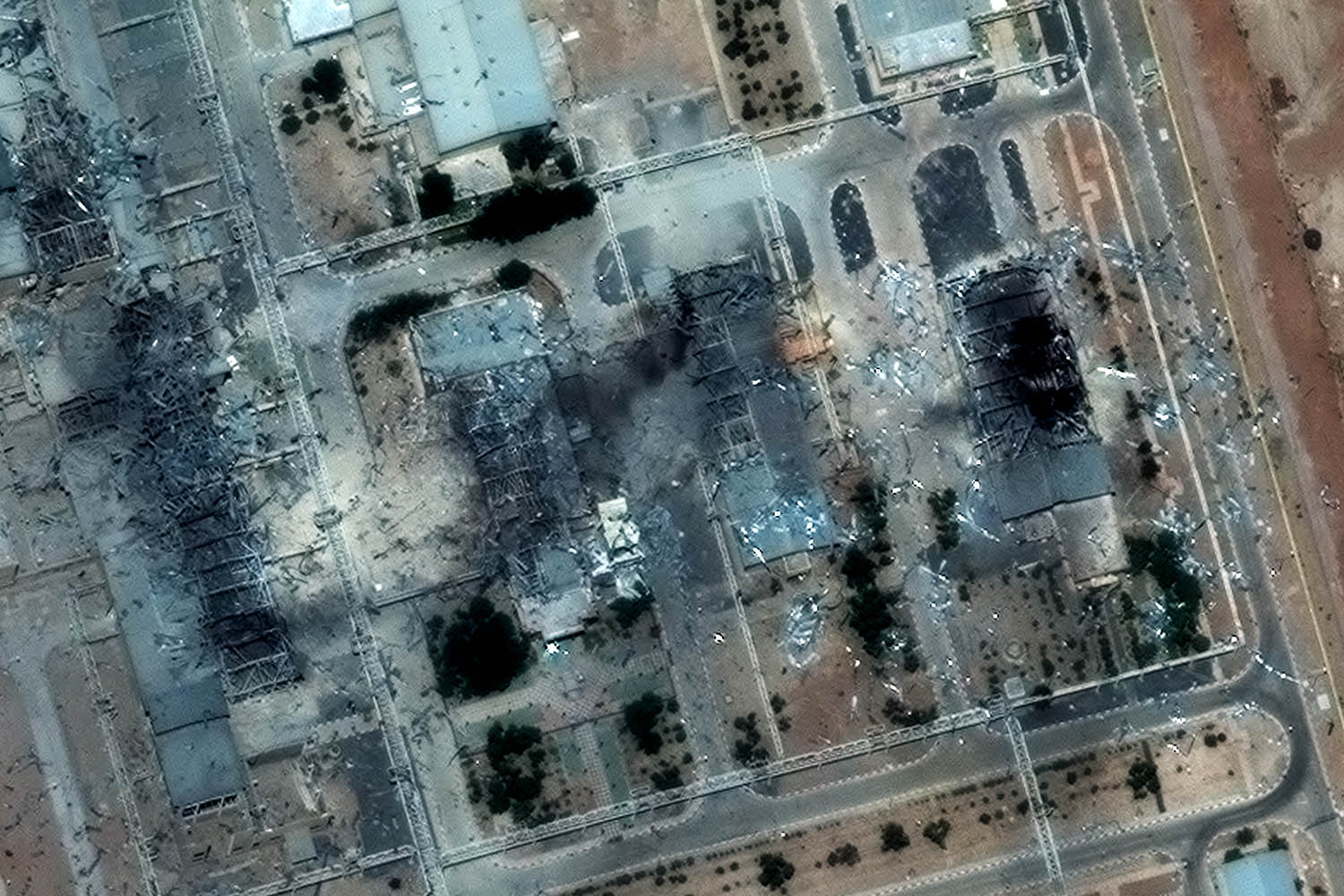Donald Trump claimed that Iran’s nuclear facilities “have been completely and totally obliterated” after last weekend’s attack on Fordow, Natanz and Isfahan.
But experts are less sure. “Tactically, the military operations were very impressive,” said Ankit Panda, author of The New Nuclear Age. “But strategically they have been a complete failure and the evidence will bear that out in the coming months and years.”
How much damage did the bombing cause?
Tunnels within Fordow and Natanz were designed to protect against far more powerful nuclear strikes as the sites are buried deep within mountains, said Abdolrasool Divsallar, an expert on weapons proliferation. “These strikes could damage the shaft, or part of the tunnel, but are unlikely to make the whole facility dysfunctional. They could maybe cause minor damage, with the possibility to recover in a short period of time,” he said.
What impact has it had on Iran’s nuclear programme?
“Causing a bit of damage has not pushed Iran’s nuclear programme back for years – maybe months,” Divsallar said. “The biggest risk is that while the ability to build a bomb has decreased to within a few months maximum, the rationale and willingness to build a bomb has increased.”
The former Iranian diplomat and nuclear negotiator Seyed Hossein Mousavian agreed. “They cannot destroy knowledge and technical expertise,” he said.
What capability does Iran still possess?
One of the ironies of the attack is that the world knows far less about Iran’s nuclear programme now than it did last week. “All of these sites that have been bombed were verified by the International Atomic Energy Agency (IAEA) in the final days of May,” said Panda.
The reason we know 400kg of highly enriched uranium is missing is because the IAEA knew it existed. The 400kg is “the most valuable asset they now possess,” said Panda. “That material could be turned into a crude explosive device for testing.”
Iran also possesses other underground facilities, including huge tunnel networks. “That’s not a problem bombing can solve,” he added.
What will Iran do next?
Mousavian said that should Israel conduct further strikes or if Washington again voices support for regime change in Tehran, “it could tip the internal debate in Iran decisively in favour of developing nuclear weapons, not for offensive use, but for deterrence and survival. In short, the more Iran feels existentially threatened, the closer it may move towards the bomb.”
However, Iran has been spooked by the ease with which Israel’s intelligence agencies managed to infiltrate the regime prior to the attack. “That could be a deterrent to moving ahead with covert weapons work,” said Panda.
What does this mean for nuclear proliferation around the world?
“The pull of nuclear weapons has not been this high at any time since the end of the cold war,” said Panda.
But, while countries such as South Korea and Saudi Arabia may have ambitions to one day become nuclear powers, the process of developing the weapons is “extremely messy, complicated and expensive”, he added. “It isn’t this slam dunk of a decision that comes with no costs.”
Photograph by satellite image ©2025 Maxar Technologies / AFP


